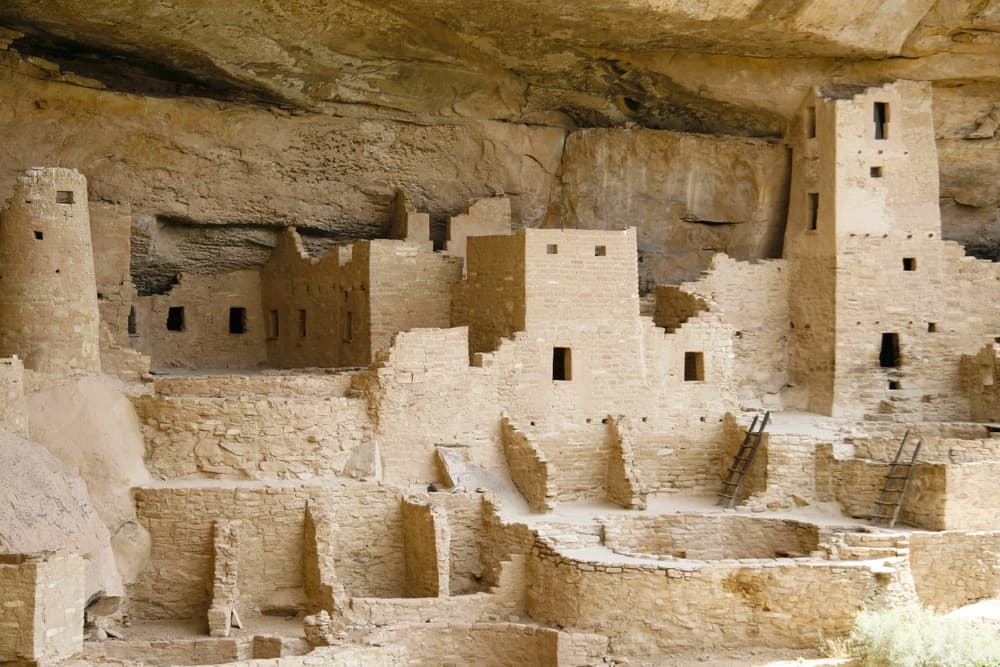
History of the Anasazi
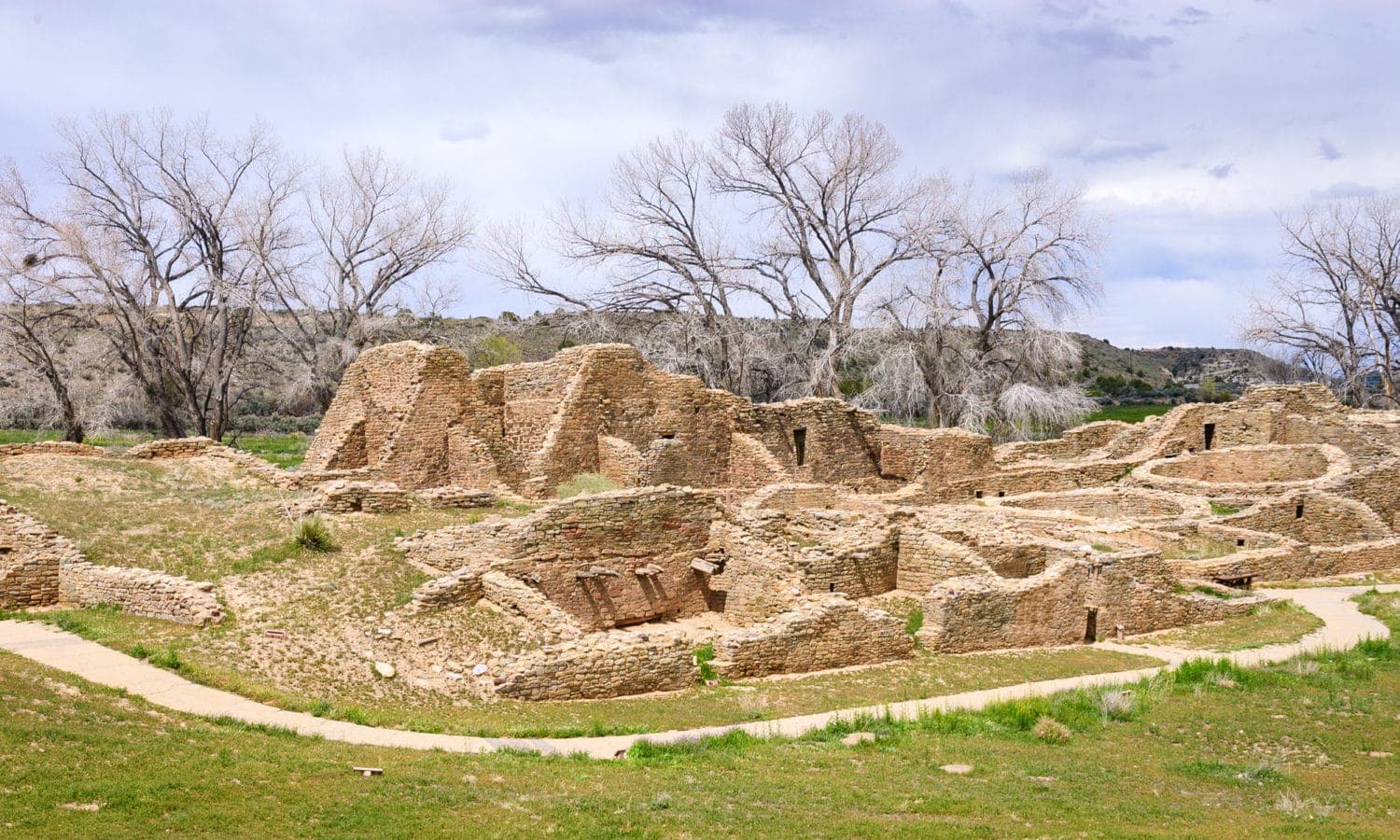
Aztec Ruins, NM
Another of the ruins which is connected to the greater Chaco culture, inhabited from 1050 to 1400. Believed to have been built by the Aztecs but soon it was determined that was not true. The name remains. Aztec Ruins is a marvelous compliment to a visit to Chaco Canyon allowing one to walk through the ruins, if need be in short, say, half hour. The Great Kiva is the largest reconstructed kiva in the world. One of our guests chose the Great Kiva for his wedding. When ascending from the Kiva one begins to feel the Navajo culture story of rising from the underworld which is thought of as the watery, dark realm of creation from which people emerged into the present world. "The underworld represents the various levels of existence through which people journey before finally rising onto the surface of the Earth to exist in the world as we know it now. While the underworld is believed to be the place of human origin, it also represents the realm of spirits, gods, or the Holy People, and it is where the dead reside after passing away from this world." Tony Hillerman
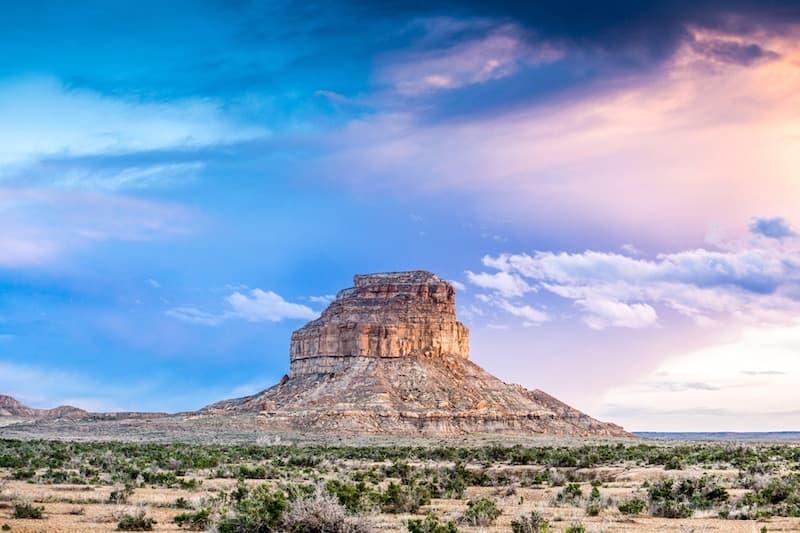
Chaco Canyon, NM
In the Northwest Corner of New Mexico lies Chaco Canyon, an incredible archeological area known for the presence of the Anasazi tribe. The Chaco Culture National Historical Park has been around for hundreds of years, but only recently in the later part of the 19th century, have historians realized the cultural significance of the region.
Chaco Canyon has gained a lot of attraction due to the well-preserved architecture and bountiful historical artifacts. The canyon has an abundance of villages, mainly categorized into two groups of small house sites and great house sites. There are hundreds of small house sites in Chaco and a couple of great house sites that have architectural designs far beyond other civilizations of that time. The great house sites hosted thousands of people and consisted of adjoining rooms and enclosed plazas with kivas. Chaco Canyon has numerous kivas, even in the small house sites, but the Great Kivas (in the great house sites) are truly unlike any other. Some of the most famous Chaco Canyon sites are Pueblo Bonito, Penasco Blanco, Pueblo del Arroyo, and Pueblo Alto. These sites are a testament to the advanced society of the Anasazi civilization.
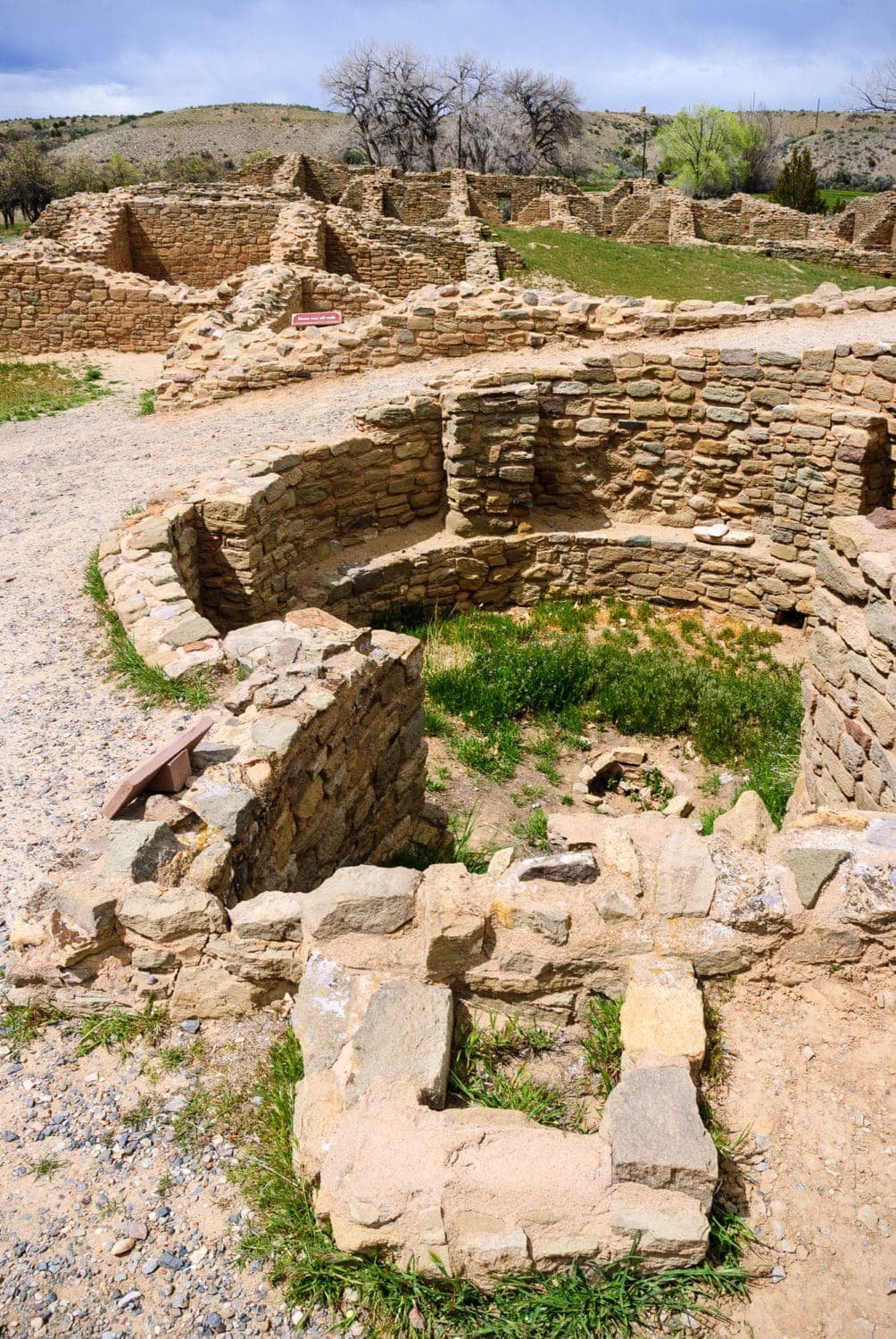
Salmon, NM
Located 10 miles east of Farmington, Salmon Ruins (pronounced sol-mon) is a must for visitors to the Four Corners region. The ruins at Salmon Ruins features one of the largest outlying colonies built in the Chacoan style during the 11th century. Heritage Park is comprised of reconstructed dwelling and habitation areas, allowing visitors to investigate replicas of a sweatlodge, hogan, tipi, and pithouse. The Salmon Ruins Museum features ancient artifacts and interesting "new" exhibits. This historical site is open to the public as a self guided trail that winds through the Salmon archaeological site and Heritage Park. This is a unique opportunity to not only walk among structures once occupied by Ancient Puebloans but to also explore the homestead of early pioneers and replica dwellings from a variety of cultures.

Mesa Verde National Park, CO
Located in the Southwest corner of Colorado lies Mesa Verde National Park. At first glance, this park looks like any other scenic canyon with panoramic views until you look down and realize the ancient ruins tucked into the walls below. This plateau contains some of the most preserved ruins in the United States and allows guests to climb down into the settlements to experience the cliff dwellings up close. While Mesa Verde is most popular for the larger villages Cliff Palace, Balcony House, and Square Tower, there are over 600 cliff dwellings spread out among the park. These villages range from 50-200 room developments and contain farming terraces, shrines, rock art, and reservoirs and ditches. Even though the Anasazi haven't inhibited these structures for hundreds of years, you can see a link between their past and present way of life.
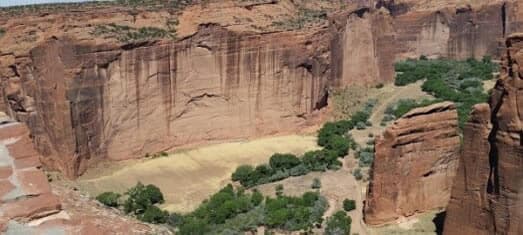
Canyon de Chelly, AZ
You will want to pay homage to Spider Woman Rock as you sit on the rim of Canyon de Chelly when contemplating Spider Woman's gift of weaving given to the Navajo. You might also recall "Spider Woman's Daughter" by Anne Hillerman. The canyons have given shelter to the Ancestral Puebloans for at least 1,600 years. A vistior's center, campground and lodging facilities are available. There are no fees required to drive along the North or the South Rim nor to hike the White House Canyon Trail. Canyon tours by private companies are available. The monument is 145 miles southwest of Farmington.
